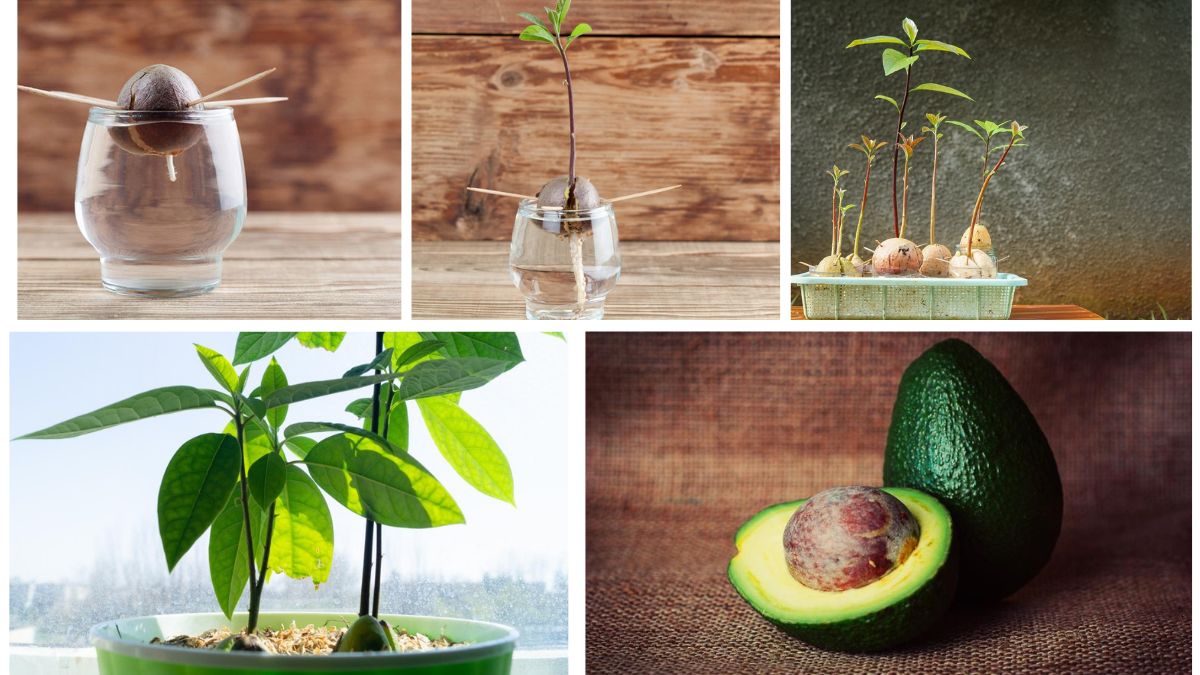Avocados (Persea americana) are beloved for their creamy texture, rich flavor, and numerous health benefits, including healthy fats, vitamins, and antioxidants. Growing an avocado at home from a pit is a rewarding and educational process that allows gardeners to witness the transformation from seed to a lush, thriving plant. This guide offers a complete step-by-step approach for beginners, covering everything from selecting the right pit to nurturing a strong, healthy avocado plant.
Introduction
Growing an avocado plant from a pit is not just a gardening project—it’s a journey that teaches patience, observation, and horticultural skills. Unlike other fruit trees, avocados can be grown from seeds obtained from store-bought fruits, making them accessible to beginners.
Home-grown avocado plants can serve as ornamental houseplants, improve air quality, and, in ideal climates, eventually produce fruit. Even for those in non-tropical regions, growing an avocado pit indoors provides a green, vibrant addition to your living space.
1. Selecting the Right Avocado Pit
The first step in a successful avocado-growing project is choosing a healthy seed.
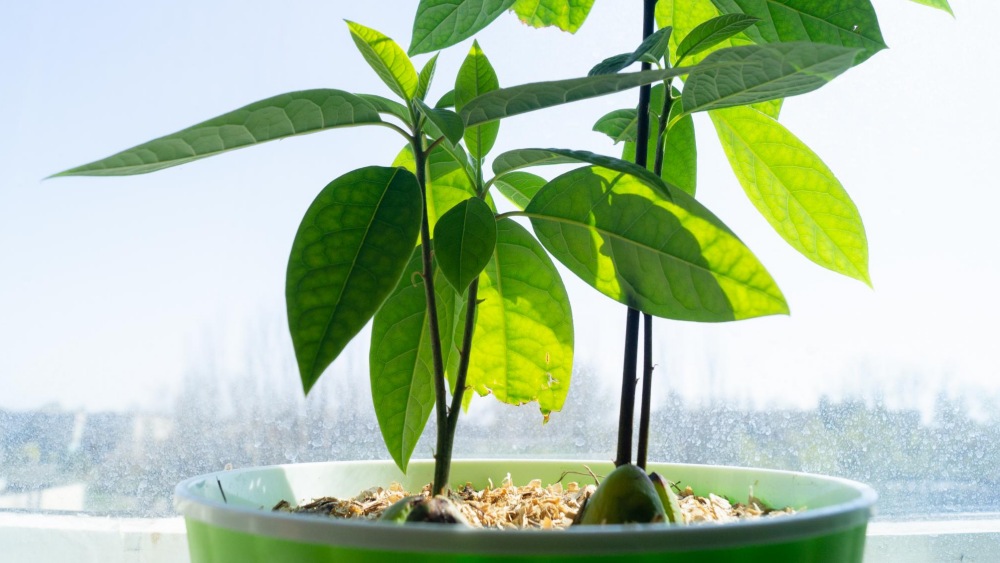
Guidelines:
- Select a ripe avocado, ideally with slightly soft skin when gently pressed.
- Remove the pit carefully, avoiding bruising or cracking.
- Choose a large, plump pit for the best chance of successful germination.
Benefits:
A healthy, intact pit increases the likelihood of successful sprouting and robust growth.
2. Preparing the Avocado Pit for Germination
Proper preparation ensures faster and healthier germination.
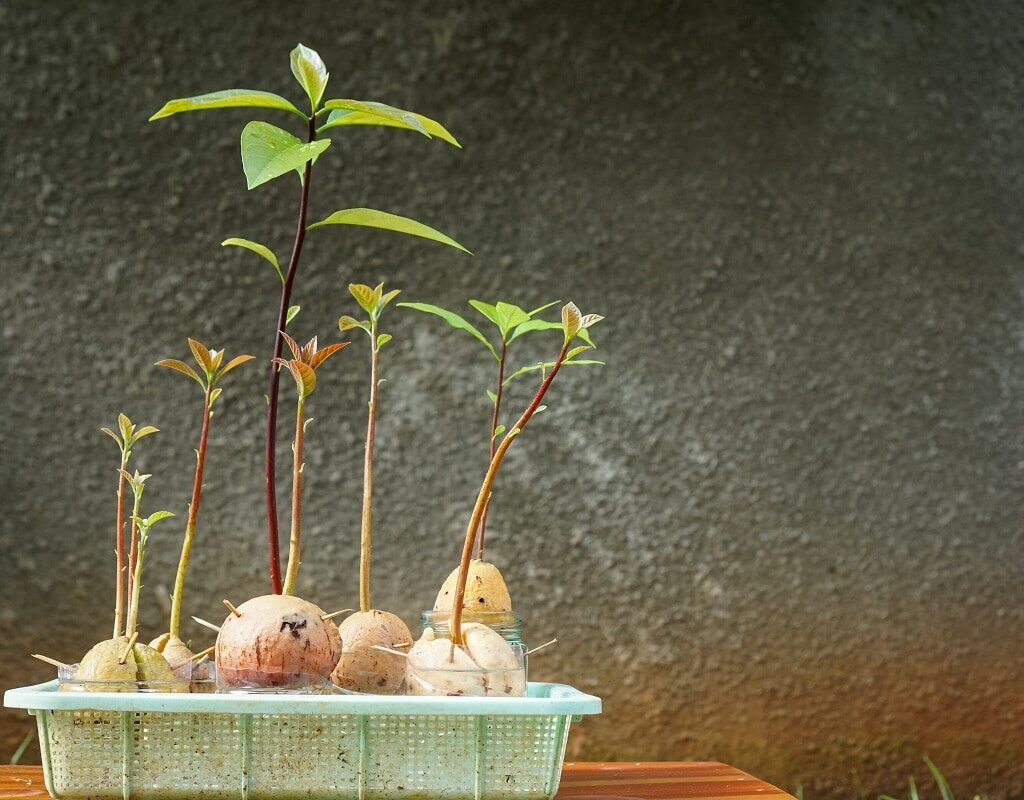
Steps:
- Wash the pit gently to remove all fruit residue, which can attract mold.
- Determine the top and bottom: The pointed end is the top, and the flat, broad end is the bottom where roots will emerge.
- Optional: Soak the pit in lukewarm water for 24 hours to kickstart germination.
Tips:
- Avoid using soap or harsh chemicals, which can damage the seed.
- Be patient—some pits take 2–6 weeks to sprout.
3. The Toothpick and Water Method
The toothpick method is the classic approach for germinating avocado pits.
Steps:
- Insert 3–4 toothpicks evenly around the middle of the pit.
- Suspend the pit over a glass of water, with the bottom submerged and the top exposed to air.
- Place the glass in a warm, bright location but avoid direct sunlight.
- Change the water every 2–3 days to prevent bacterial growth.
Benefits:
This method allows you to observe root and shoot growth, ensuring a strong start for your avocado plant.
4. Rooting and Sprouting
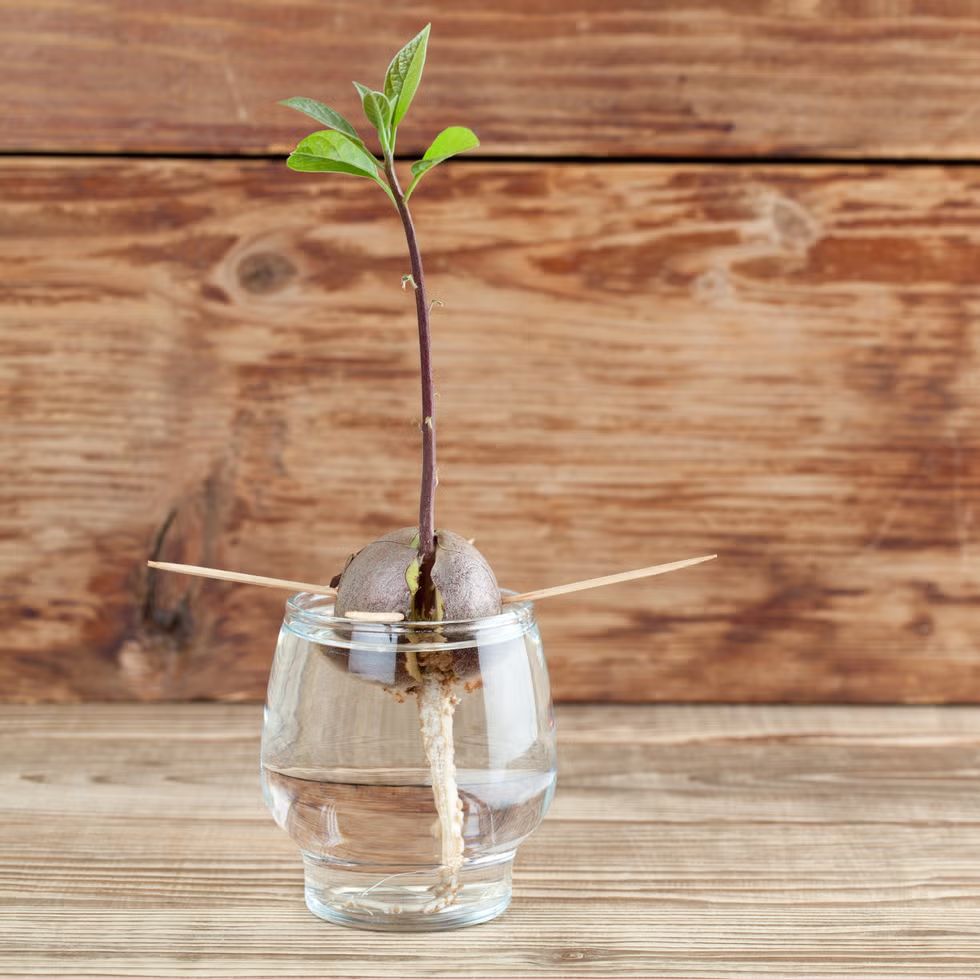
After a few weeks, the pit will begin to show signs of growth.
Observations:
- Roots will emerge first from the bottom.
- A shoot will emerge from the top, eventually producing leaves.
- Some pits may crack but fail to sprout; this is normal, and a new seed can be tried.
Tips:
- Ensure the water level is maintained to keep the bottom submerged.
- Avoid letting roots dry out, which can hinder growth.
5. Transplanting to Soil
Once roots are 2–3 inches long and a small shoot has emerged, it’s time to plant the pit in soil.
Steps:
- Choose a well-draining potting mix, ideally a blend of sand, peat, and perlite.
- Use a pot with drainage holes to prevent waterlogging.
- Plant the pit so that half of it remains above the soil.
- Water lightly to settle the soil around the pit.
Benefits:
Transplanting at the right stage ensures healthy root development and reduces transplant shock.
6. Watering and Care
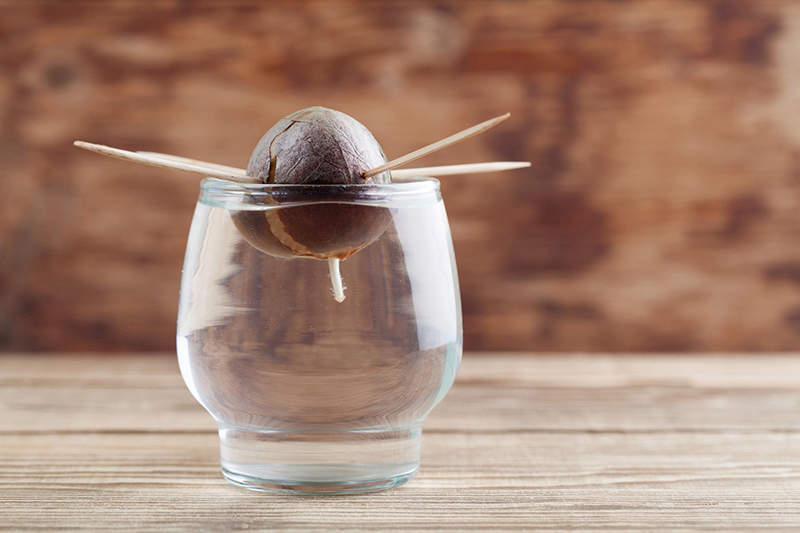
Proper watering is crucial for a thriving avocado plant.
Guidelines:
- Keep the soil moist but not soggy. Overwatering can lead to root rot.
- Water when the top 1–2 inches of soil feel dry.
- Use a watering can with a gentle stream to avoid disturbing roots.
Fertilization:
- Once the plant has a few leaves, apply a balanced liquid fertilizer every 4–6 weeks.
- Avoid high nitrogen fertilizers in the early stage, which may promote leaf growth over root development.
Benefits:
Consistent water and nutrients result in lush foliage, strong stems, and a healthy plant.
7. Lighting Requirements
Avocado plants thrive with plenty of indirect sunlight.
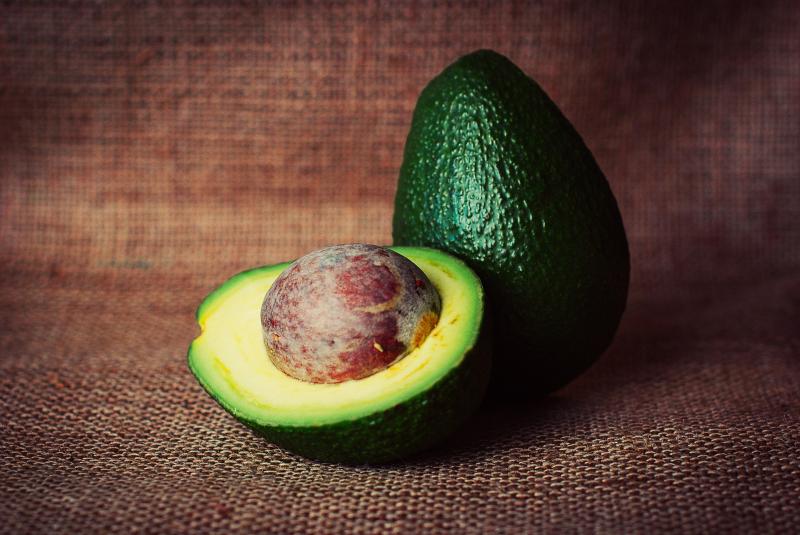
Guidelines:
- Place the plant near a south-facing window indoors.
- Avoid direct midday sun, which may burn tender leaves.
- Rotate the plant periodically to ensure even growth.
Benefits:
Adequate light ensures strong stem development and vibrant leaves, critical for long-term plant health.
8. Temperature and Humidity
Avocados are tropical plants that prefer warm, stable conditions.
Guidelines:
- Ideal temperatures: 60–85°F (16–29°C).
- Protect from drafts, frost, or sudden temperature changes.
- Indoor humidity should be moderate to high, especially during winter months.
Tips:
- Misting occasionally can improve humidity and support healthy foliage.
- Avoid placing near heaters or air conditioners that dry out the soil or leaves.
9. Pruning and Maintenance
Pruning encourages bushier growth and stronger stems.
Steps:
- Pinch or prune the top shoot after the plant reaches 6–8 inches tall.
- Remove damaged or yellow leaves regularly.
- Use clean, sharp scissors to avoid injury or disease.
Benefits:
Pruning promotes compact, healthy growth and prevents the plant from becoming leggy.
10. Pests and Common Problems
Home-grown avocado plants may face challenges that require attention.
Common Problems:
- Yellowing leaves: Often caused by overwatering or nutrient deficiency.
- Slow growth: Can result from low light or poor soil.
- Pests: Spider mites, aphids, or scale insects.
Solutions:
- Adjust watering and provide proper light and nutrients.
- Use natural remedies like neem oil or insecticidal soap for pest control.
- Repot if the soil is compacted or roots are growing out of the pot.
Benefits:
Timely problem-solving ensures continuous growth and plant vitality.
11. Fruit Production
Growing an avocado from a pit to fruit-bearing maturity takes several years—usually 5–13 years indoors or 3–4 years outdoors in ideal climates.
Guidelines:
- Even if grown indoors, avocado plants may flower but not set fruit.
- Outdoor plants in tropical or subtropical regions have the best chance of producing edible fruit.
- Cross-pollination between different avocado varieties can improve fruit yield.
Tips:
- Focus on plant health first; fruiting is a bonus reward for patience and care.
- Enjoy the plant as an ornamental and air-purifying addition to your home if fruiting doesn’t occur.
Conclusion
Growing an avocado pit into a thriving plant is a fulfilling gardening journey that combines patience, care, and observation. From selecting a healthy pit to nurturing roots, leaves, and eventually flowers, each step provides valuable lessons in plant biology, tropical gardening, and sustainable practices.
While fruit production may take years and depends on climate, even an indoor avocado plant adds beauty, greenery, and fresh oxygen to your living space. With proper water, light, soil, and care, beginners can confidently transform a simple avocado pit into a healthy, thriving plant, experiencing the joy of nurturing life from seed to foliage.
Home-grown avocado plants are not just a source of potential fruit—they are a symbol of growth, patience, and the rewards of attentive care, making them a perfect project for gardening enthusiasts of all levels.
